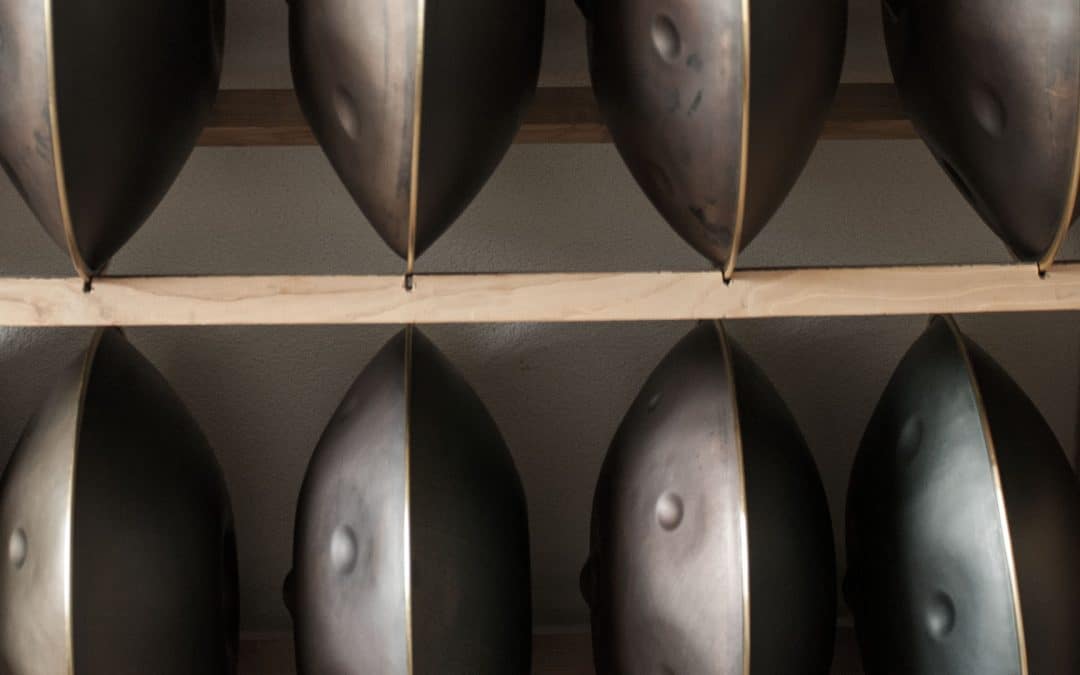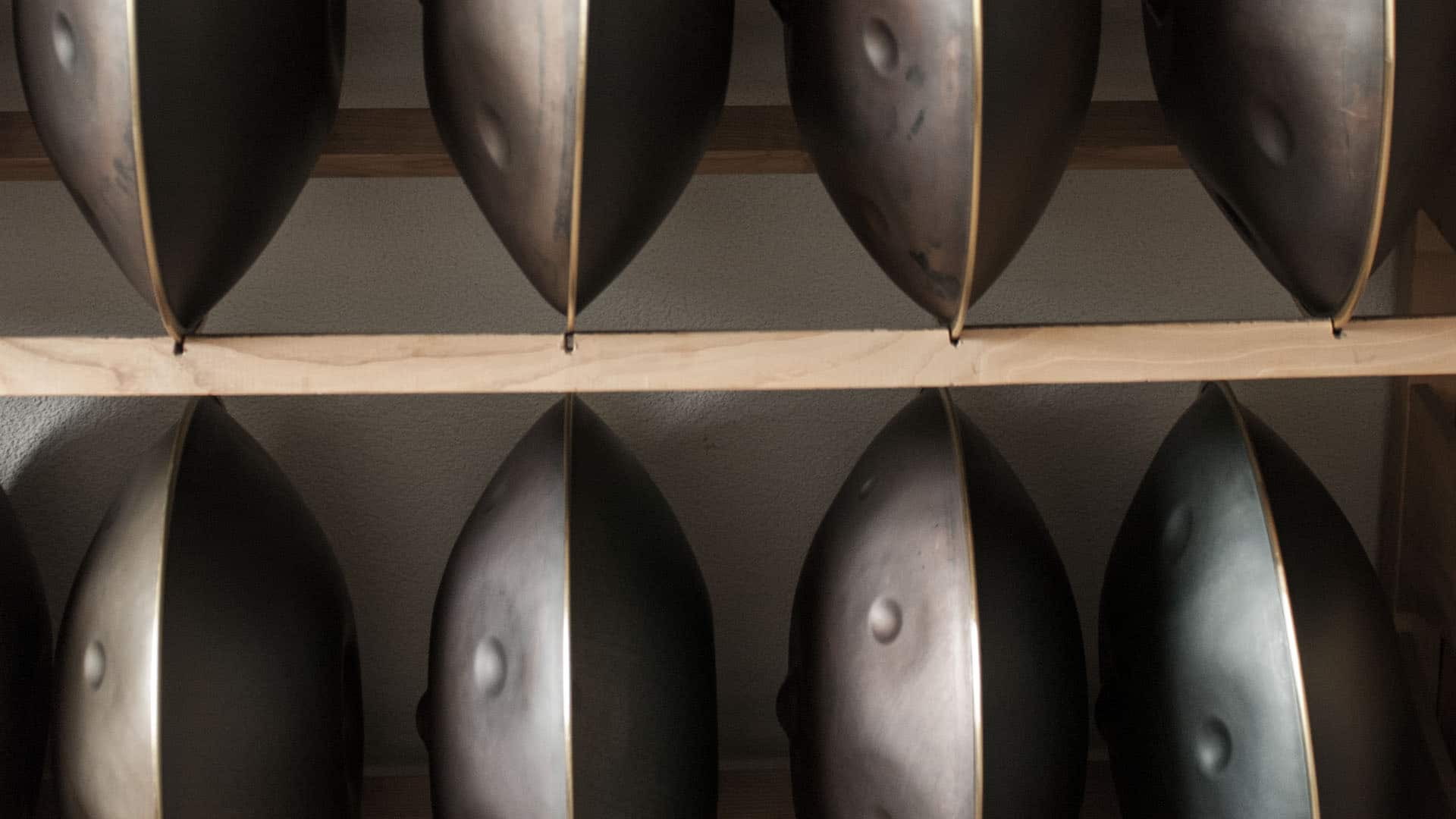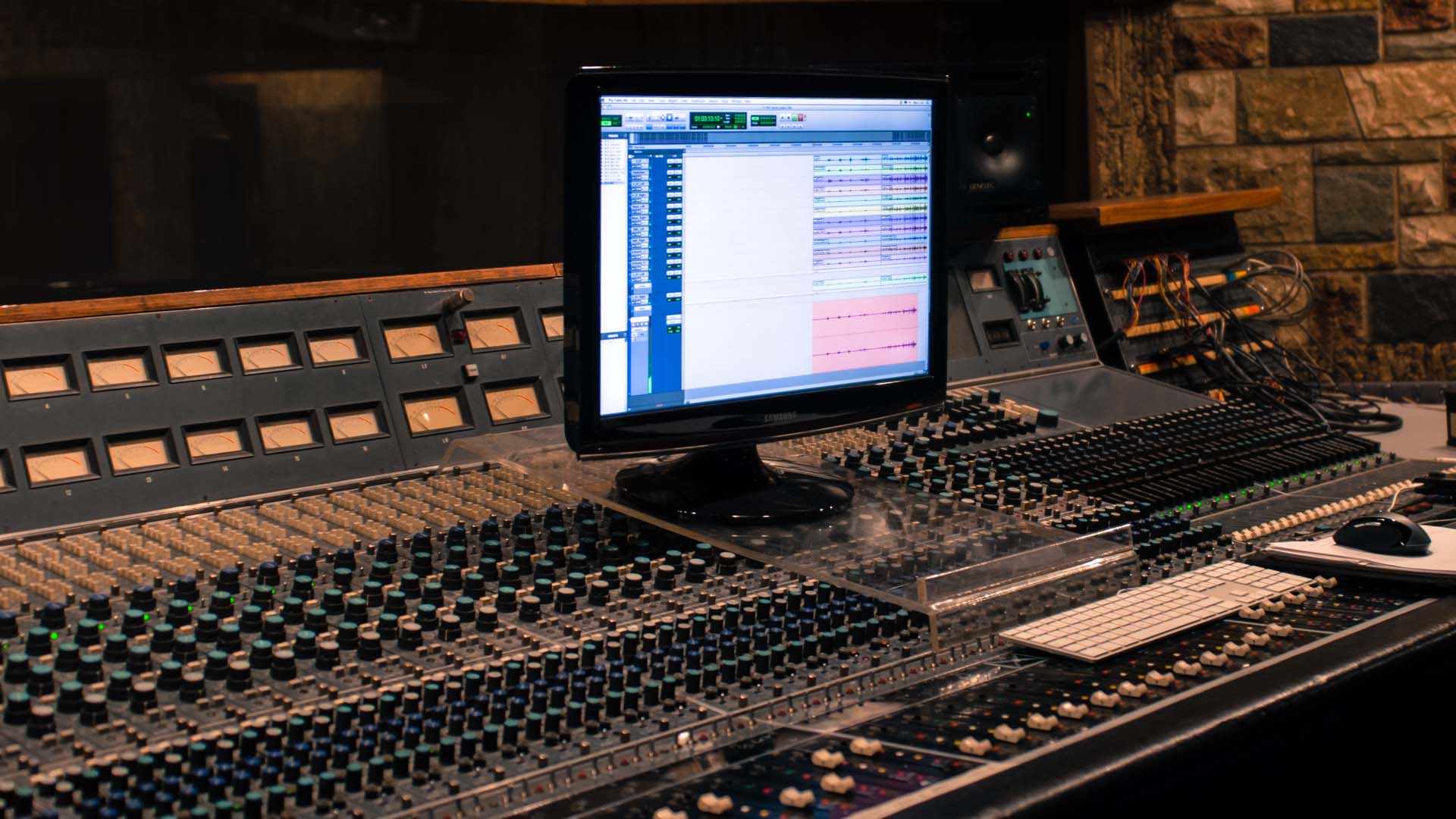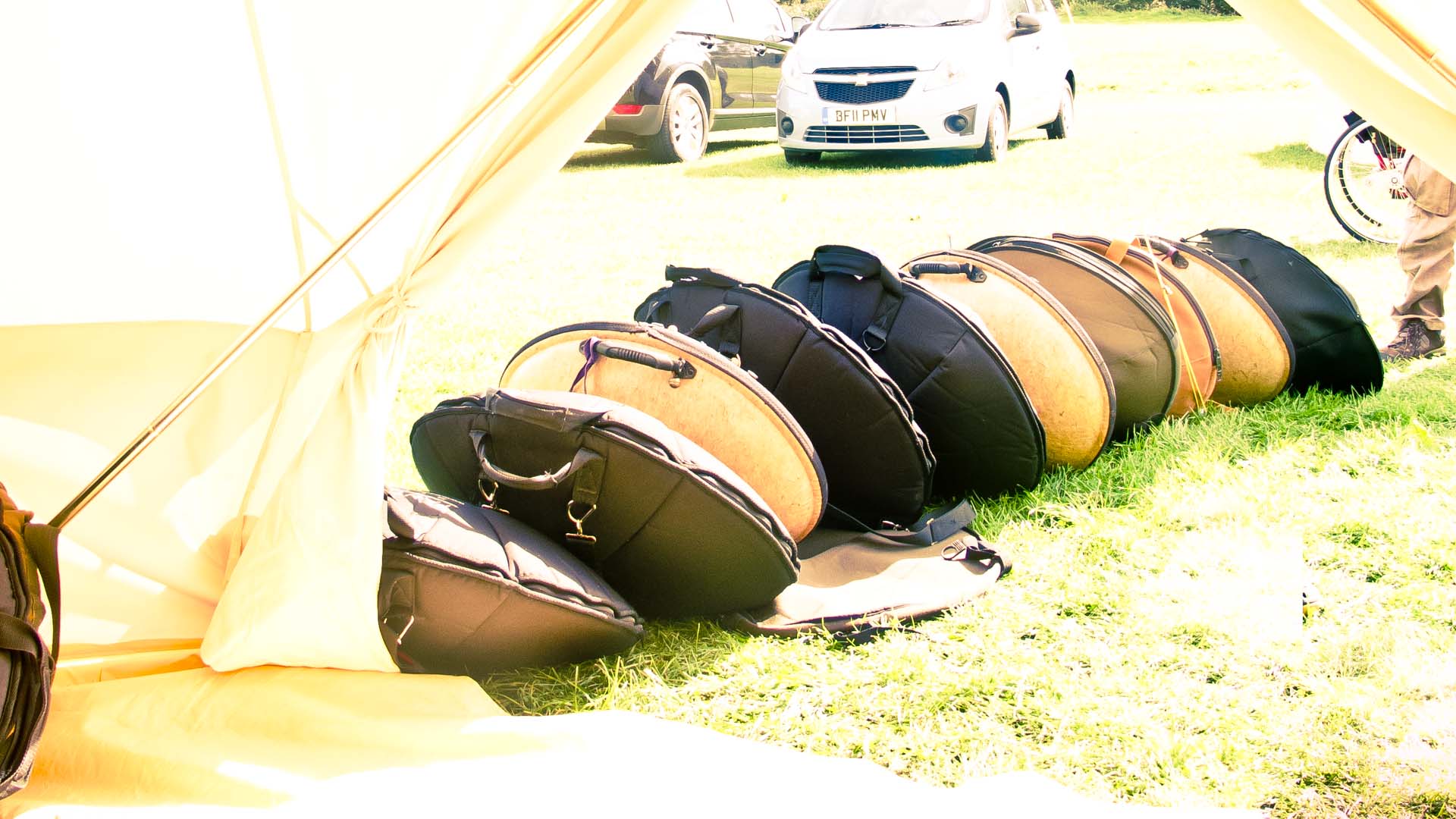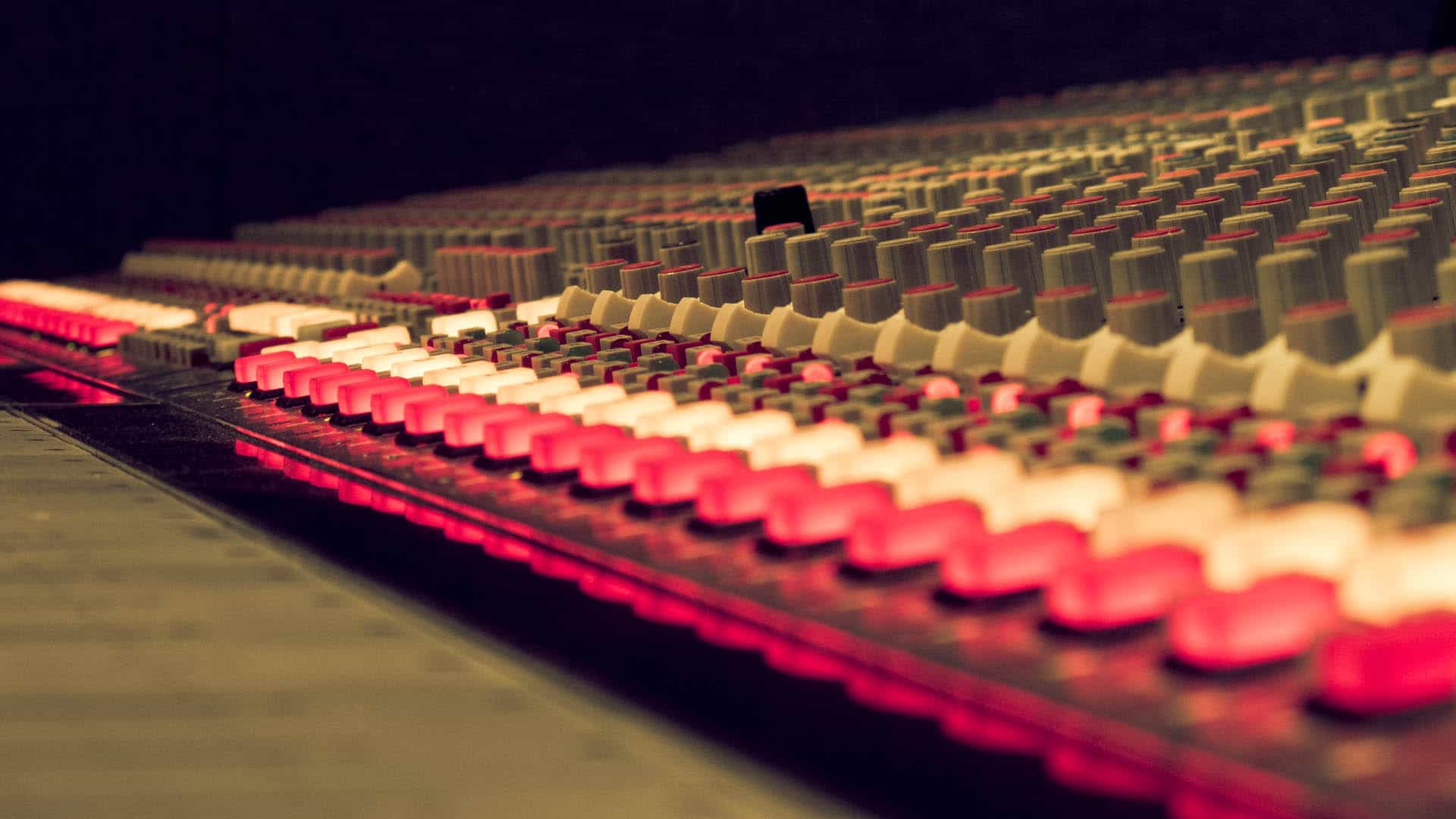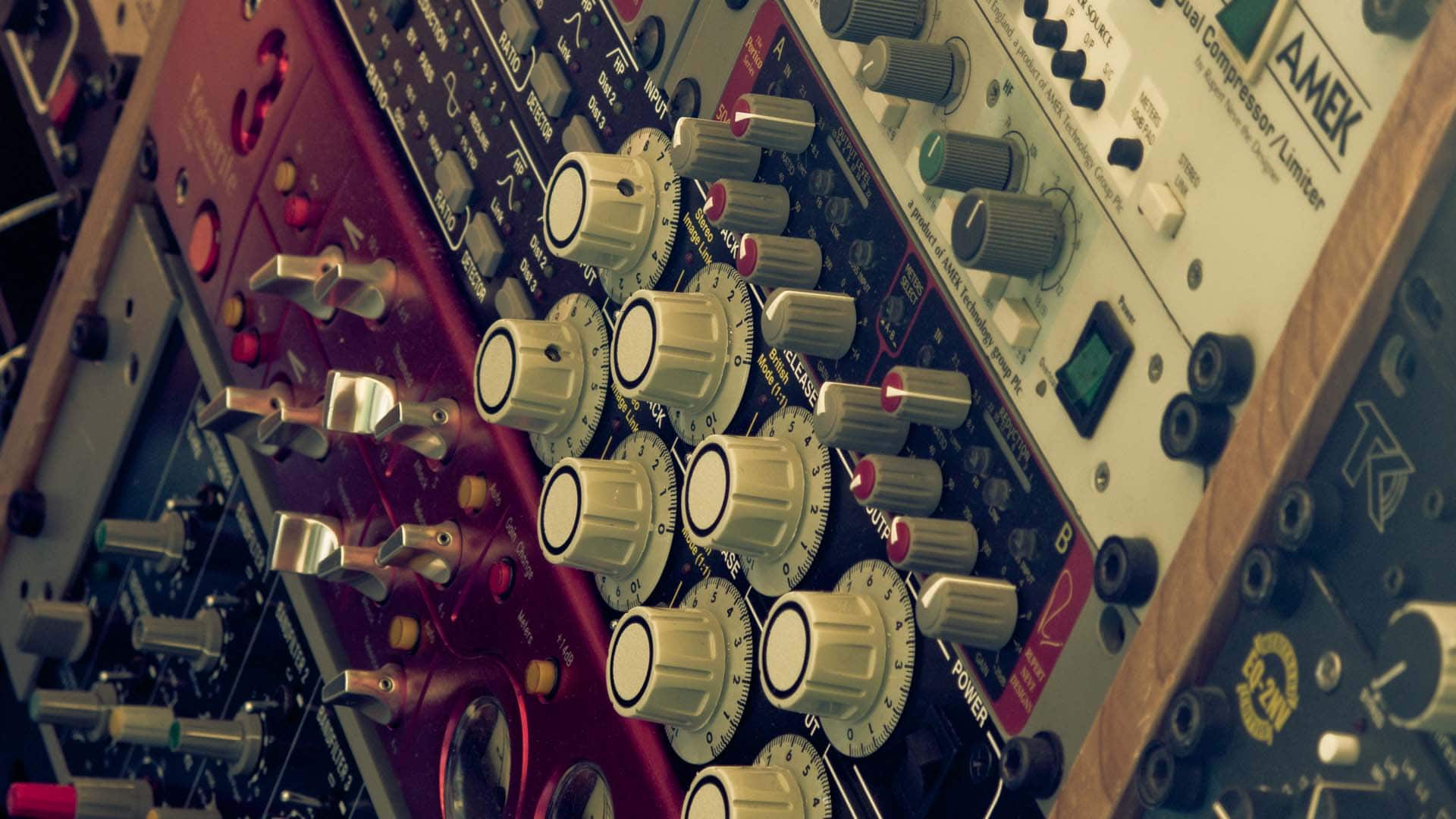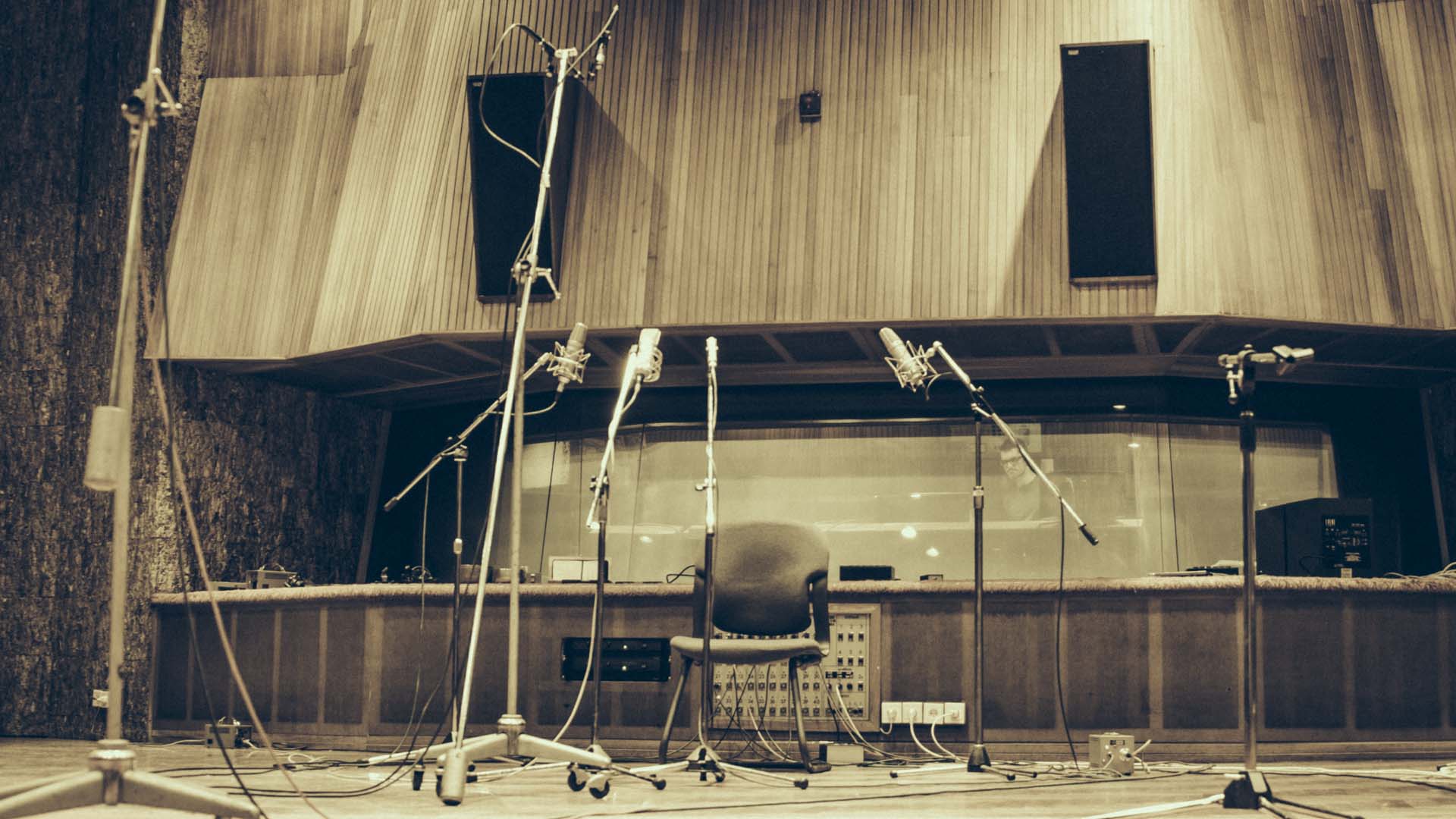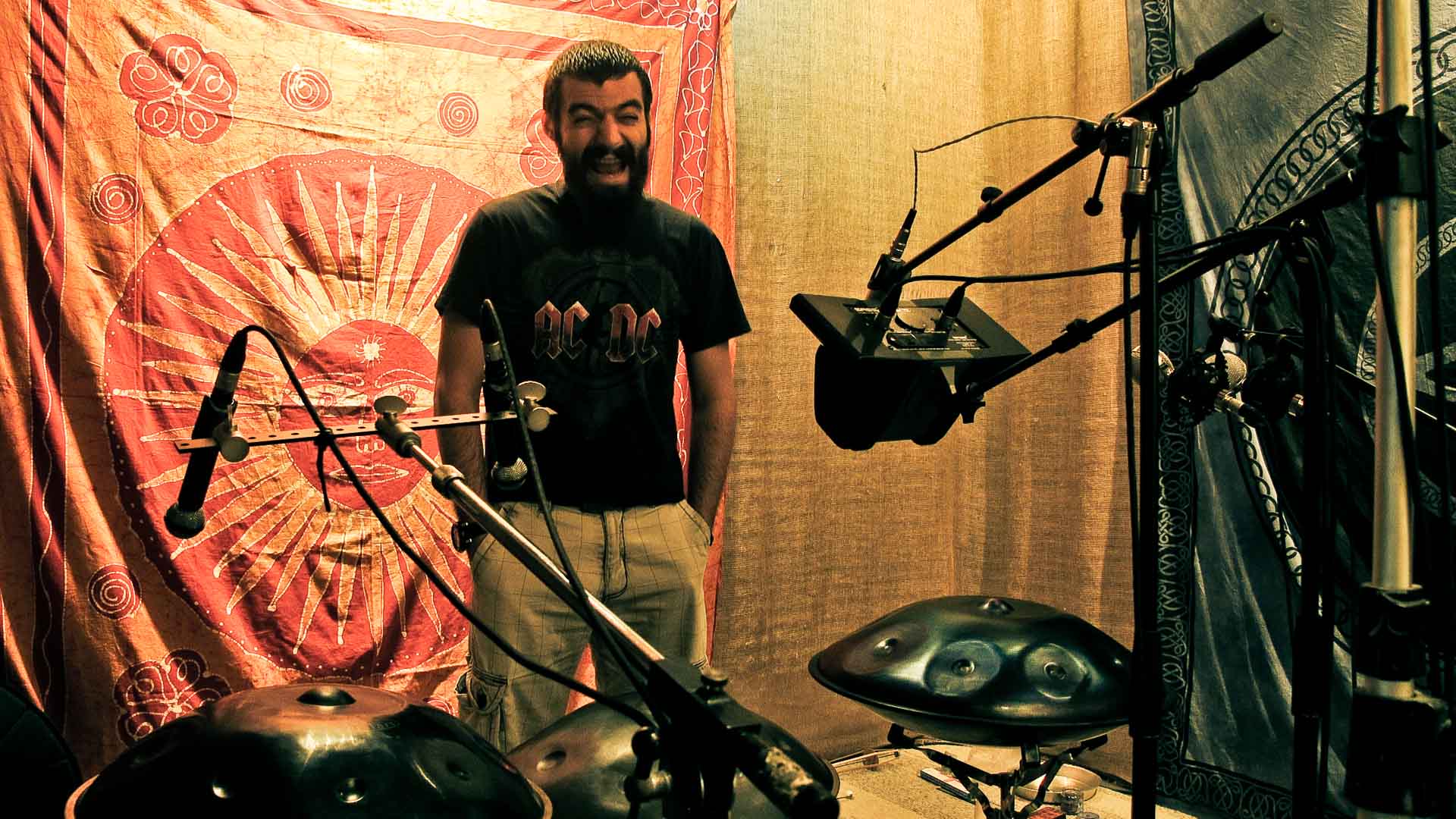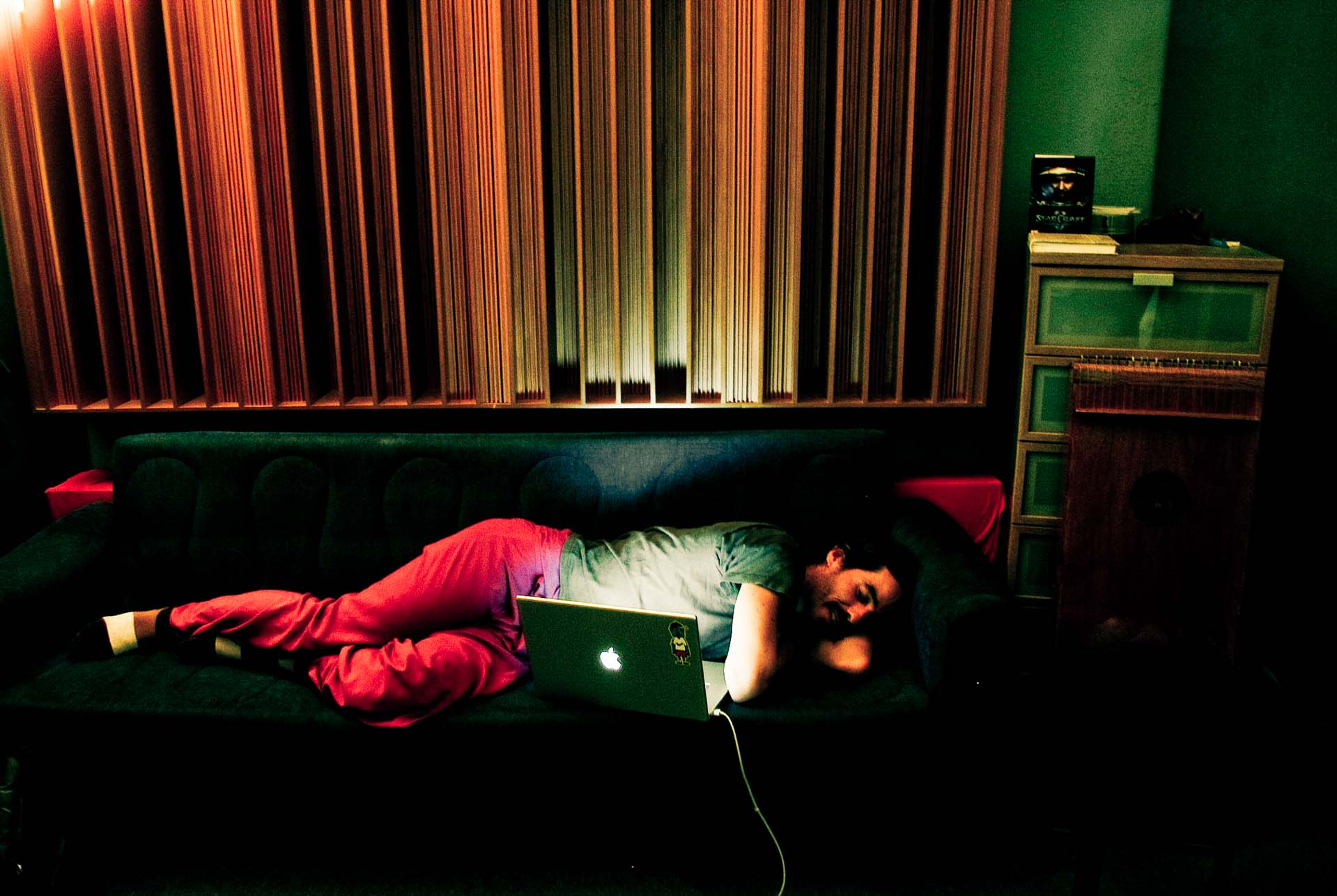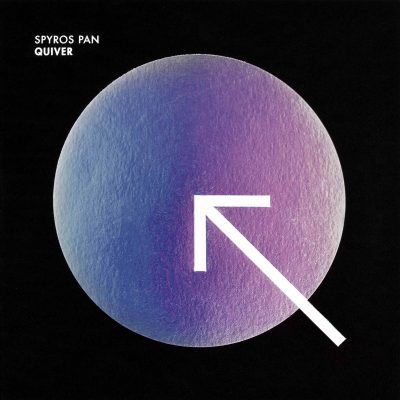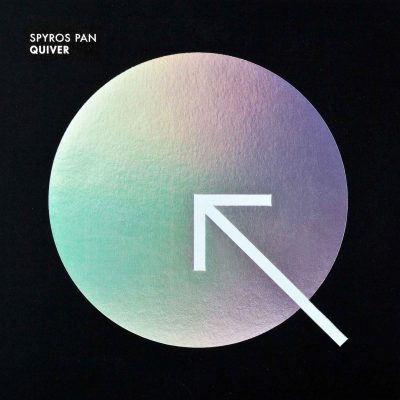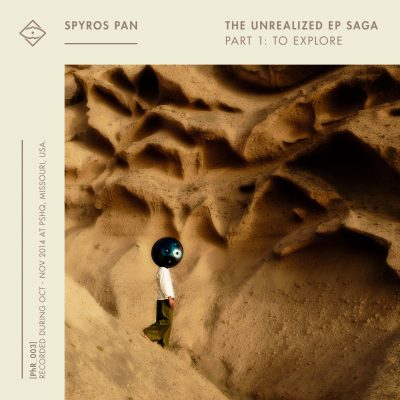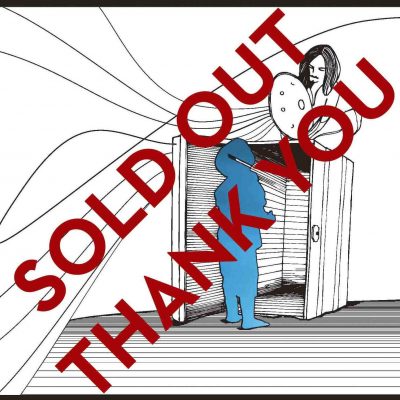A little story
When I first visited the Hanghaus in Bern, two were the sights that caught my immediate attention. The first one was a rack hosting something like forty 2nd gen hanghang and the other was a display case on the opposite wall, boasting a large collection of Hang related albums. To put you in timeline perspective, it was the 21st of September 2007.
My second visit to the Hanghaus followed almost two years later. One could not fail to observe that a lot had changed since the last time I was there. For instance, there was no exhibition in the living room any more (at that time at least). Moreover, the variety in the scales of the 2nd generation was obsolete only to be replaced by the Integral Hang. It was also the beginning of a big change in the community, which at that time did not count many members as it does nowadays, nor other handpans. There was just the Hang and a lot of – what my friend and musician Simon Wood likes to call – D action.
During this visit I had a chance to converse with Felix a lot. For those who do not know, Felix Rhoner and his business partner Sabina Schaerer are the creators of the sound scultpure known as the Hang®. Among other stuff, we discussed about the tedious task of recording.
“I wonder why people go on into the trouble of recording it” he asked, continuing: “This is obviously bound to fail, for there is no technology available to date, capable of encapsulating the sonic signature of the Hang.”
As he was speaking, I did not fail to notice that all those CDs previously placed on the display unit, were now dumped inside a box in a corner of the living room.
At that time I was gearing up to enter studio for the recordings of my first album “Hanging on a Dream” and as you can understand, his words fell like a hammer on me. Felix being such an authoritative figure – he was the creator after all – had to be right if he said so. Right?
Perhaps he was right. But I know that many sound engineers would have raised an eyebrow upon hearing such a statement. My first thoughts as a response – that I chose not to utter – was that we do have some very sophisticated equipment to record sound. Like these consoles for instance:
I preferred to believe that if something was missing that would be human experience and lack of knowledge. If we cannot record a satisfying representation of the instrument that would be due to unfamiliarity with the intrinsic characteristics of it. The challenge was accepted!
But what are those key factors that make a recording a great one? This is exactly what this post will try to answer drawing some insights from my recording experience thus far. So let’s start with the basics.
Getting started – Define your needs!
The first step to a good recording is to identify and know what it is you really need. This is the most important factor that will also determine how many “benjamins” you will need. Studio or home recording? Do you want to make a youtube recording or are you looking into pressing your material into vinyl or cd? Will you choose analog equipment or go digital?
A general rule of thumb here would be to consider your album as your business card. It is all for the music after all. Whether the other person will like your work or not, that is completely a matter of taste. However, when the time comes to give your album to a person in a key position or to friend or fan – especiaclly if they paid you to buy it – then it is always good not only for your work to be presented in a neat way(!) it has also to be recorded f*cking nice!
Now obviously budget is very important and critical to all the above. Unfortunately as in most cases, also in the field of music recording, the general rule of thumb is that there’s no ceiling to how much you can invest . Usually it goes like this: the more you can spend the better outcome you will have. Usually. It is very different to record your material in the studio down the block than a pro studio with high tech equipment and state of the art microphones unless that studio down the block happened to be “Sound City”.
Together with the studio comes the sound engineer of course who is frequently surrounded by other people of the trade such as cable boys, editing specialists etc etc. Usually the rates of all the people who will work on your project are included in the price the studio will charge you per hour. You could hire the studio and bring in your own trusted engineer if you may wish so. As said before, there is no ceiling and if you believe that the presence of a siatsu practitioner in the studio will help you to relax and make your recording better who stops you from bringing them in.
If you like to press your music into a disk format then the budget increases as well. Pressing vinyls require an entirely different mastering process than compact disk. More expensive also. And yes, you guessed it right. If you wish to do both, this translates into more studio hours which equals to a bigger amount of cash you may need.
When it comes down to recording one has to be a little bit demanding of themselves. After all we are not recording an industrialized machine made guitar. This is the handpan we want to record and the magic behind it, not just the compositions. To a very large extent the uniqueness in the handpan is it’s voice. That is the first point of contact. The way it sounds. And it is very special. You need to capture that in your recording and to do so you need to take the task very seriously because it is not an easy one. Defining your needs is a nice way to set the right foot forward. Which will leads us to the first crucial decision.
Home vs Studio Recording
Defining your recording requirements will most probable show you how you will proceed. All my unofficial videos were recorded at home using my own equipment. It’s DIY all the way. Sound sculptures can be recorded – very accurately actually – even if one chooses to use a mic like the NT4 mic by RØDE. The Gubal cd that came with the PANArt is a fine example.
In my own studio I use a pair of NT5 overheads on an X&Y setup paired with an NT1-A mic. My sound card is Pro-Fire 610 by M-Audio. All the recordings take place in Logic and for EQing and other signal processing I use plugins by WAVES. My EP “To Explore” was recorded solely on a ZOOM H4N portable recorder. The final tracks were mastered in studio.
One can always notice the difference in the quality between studio and home recordings however. If I could I would choose the studio over my home for all my recording needs. when it comes to official album releases it is studio all the way. It doesn’t matter how good one is with plugins and computers. A studio always offers a better and sound secure environments, sound professionals habbitate it and you can use much better equipment. These three factors always play a vital role in making your recording from a simple one to a great one. And the result is evident not only in a high quality Hi-Fi system but also in consumer targeted simple speakers.
In perfect tune!
Needless to say that your instruments should be in their best condition when you go in studio. The better the handpan is in tune, the better the sound hence the better the recording. If your instrument is out of tune, trust me, it will show at least to those who listen, unless of course your sound engineer is THIS guy.
Visiting a tuner that knows what they are doing and giving a little love to your handpans is very crucial before the recording.
Mixing Console
There is one key element, the one equipment found in each studio, professional or not the altar where all sound engineers and recording musicians alike kneel down and pray. And that is no other than the mixing console or “the board” if you like.
A consoloe is usually surrounded by the outboard gear or simply the “outboard” which is used to alter how a musical instrument sounds. Outboard units are separate from the effects that may be applied by using a mixing console or a digital audio workstation or d.a.w. Some outboard effects units and digital signal processing (DSP) boxes commonly found in a studio are:
- analog-to-digital and digital-to-analog converters
- musical instrument digital interfaces (MIDIs)
- microphone preamplifiers
- equalisers
- dynamics effects units: compressors/limiters, noise gates
- time-based effects units: reverbs, delays, flangers etc.
Your studio should be equipped with a few racks of outboard units and the usage of such units is imperative.
Honestly, I cannot stress how important a good analog console is. You can employ the best engineer, use a super expensive chain of equipment, pray to God and whatnot. If the console is shit, the recording is going to sound pretty much like that. A quality console however, will improve manifolds a recording of descent gear. Therefore if you would have to choose between very good microphones and a good analog console, I personally would suggest finding a studio that owns BOTH!
Microphones
Here is when things can get very interesting, since every studio owner that respects himself should have a wide variety of mics to their arsenal. Having been in the studio to record on a few of occasions for a variety of projects, I can positively state that there is not one mic that will do the job for you.
Of course, It all depends on what end result you wish to create. There is a whole lot of difference to how the human ear perceives the instrument depending on where the listener is positioned. Do you want to capture the way the instrument sounds to the player or to a person standing 2-3 meters away from it? Because it does sound different. Do you want to capture both and mix them into one channel? Or maybe you wish to include the vibrations of the instrument on the floor as they are transmitted through your legs and feet whilst you play with the handpan on your lap? You can do that too if you find the right floor mics and the result can be very interesting.
Here is a photo of the mic setup during the recordings of “Hanging on a dream”.
Of course the same microphones will not perform the same way in two different rooms, so your choice is also very much influenced by the recording room, its dimensions, the materials on the wall, the ceiling and how well your sound engineer understands how all these factors (instrument, room, microphone) interconnect and play together. Your sound engineer should be aquainted enough with his equipment to know exactly what sort of gear you will use. This is why you pay them afterall, no?
The dude behind the desk.
Imagine your tracks are passengers on an airplane wanting to go from point a: being unrecorded to point B: being recorded. If the mixing desk is the airplane, then the sound engineer would be the pilot.
Your sound engineer should first and foremost LIKE their job. I am talking seriously here. Liking their job means they have a genuine interest to recording sound and representing it the best way possible, which is imperative to the handpan. A sound engineer should be the nerdy type of person upset and unable to sleep if anything is wrong as far as sound is concerned. They should spend sleepless nights in their efforts to correct such errors and call you at 3am waking you up only to tell you that they found out how to do it! Liking their job means that they’ll also KNOW how to do it. These two usually come hand to hand.
The handpan is a very demanding instrument. For example you might use a lot of ribbon or condenser or a combination of both microphones. Three or four condenser microphones create a noise floor which really is a bitch to work with. Your sound engineer should definitely be prepared and know how to deal with this.
A nice idea is to go through your favorite handpan albums together. You get to see what you like or what you don’t like and what you can do better. This will give you a general idea beforehand of what you want to create. It will also help your sound engineer to get a better understanding of the instrument and its peculiarities. Remember the majority of sound engineers have never worked with a handpan before so they are all swimming in uncharted waters.
Musicians and sound engineers develop a very peculiar and close relationship. So close that the sound engineers will know how clean your underwear is. Unfortunately, this does not always work the other way around. If there is one person you will feel totally exposed to when you play that is your sound engineer(s). They will see right through you, all your difficulties and insecurities will be exposed to them. If your sound engineer does not have that magic ability to make you feel at ease with them, your best bet is to go to a studio with less high tech equipment but with a person that will make you feel at ease. The more stressed you are the more this will impede the final outcome. Alternatively you can always take it up the chin and learn to face the heat.
YOU
And with all that said, we come to the last important detail. Yourself. All in all a great recording rests on you, your decisions and clarity of mind during the recordings. You need to be in perfect shape playing wise and have all your homework ready before entering studio. You are charged by the hour so a nice way to cut down on expenses is to be ready with your tracks and nail them down with as little repetitions as possible.
According to my experience the first two recordings of a track are usually the best in terms of expression. If you are ready beforehand you will be able to play the whole track through without any error. Remember having a set of microphones over you can be a very intimidating procedure. Even the simplest sound can be heard. The slightest error is evident. There is no escape than to be the best you can in your performance. You might also want to invite a few people in the studio during recordings. This will give you the sense that you are playing in front of an audience, not just your sound engineer and helps creating some atmosphere. Wear your most comfy clothes and also have a set to change. Adrenaline smells rather bad most of the times. Sleeping there a few nights is also quite probable.
Be equipped with a lot of patience. The first one or two days might be spent solely on mic placements and other time consuming stuff such as position of sound deflectors that you indeed might find completely boring. Let your sound engineer and their assistants do their work. Probably they will ask you to just sit down and tap on notes for hours and hours before recording anything. The more patient and cooperative your are, the best it will be for you. Once your team decides on a placement do a test record, listen to it and then do any adjustments if necessary. If all is ready, hit record and enjoy the show!
And that is all there is too it really. These are the questions that I asked myself when I decided to record my first solo handpan album. Currently my CDs are being used in boutique audiophile shops selling unbelievably expensive audio systems in Athens and Tokyo, so I suppose some great job has been done. I hope you have found this article helpful if not amusing.
At this point, I would like to thank Lauri Wuolio who recently published his article “What makes a great sounding handpan?“. It has been a motivating factor to make this post public. I am looking forward to reading his next chapter, sequel to his first post dealing exactly with the same question. How to make a handpan recording, a great one.
A future article will be more tech nerdy and portray a list of equipment used for all my recordings. Recording in studio is one of the most cherished experiences in the life of a musician.
Make the best of it and Good Luck!

